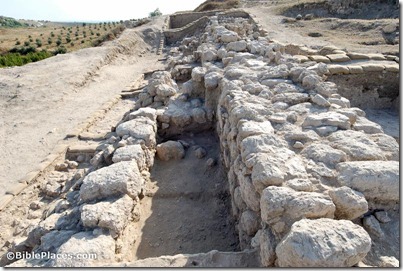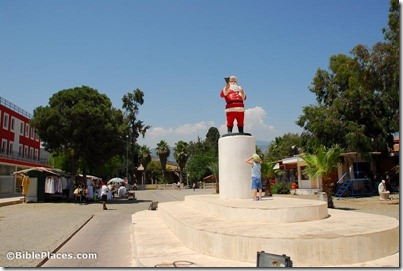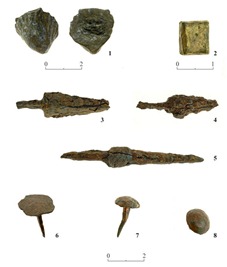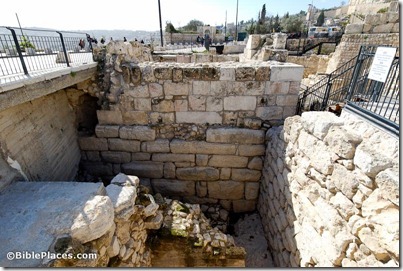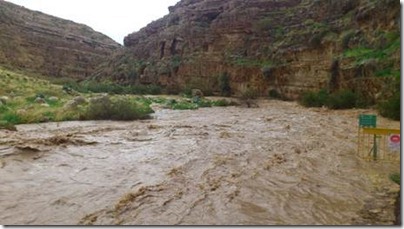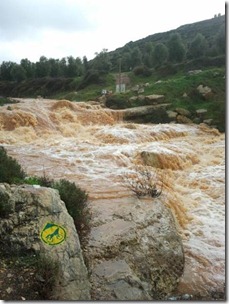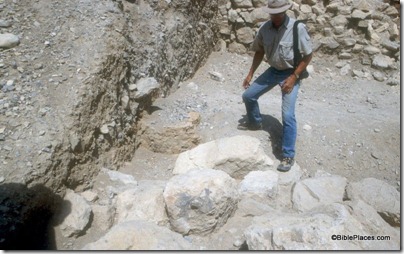I picked up a brochure for this summer’s excavation at Gezer and was impressed with their season’s goals. In a brief look online at the BAS website and the official website, I did not see the specifics given in the brochure.
The 2013 season will focus on excavating
- a Late Bronze Age Pillared Building probably destroyed by the Egyptian pharaoh Merneptah,
- the Iron Age I occupation (1200-1000 BCE),
- the 10th century BCE administrative quarter next to the Solomonic Gate Complex, and
- a 9th century destruction possibly due to the Arameans.
If you’re thinking about digging this summer, this is certainly a good excavation to consider. The 9th-century destruction is that of Hazael mentioned in 2 Kings 12:17 and discovered at the nearby Philistine city of Gath.
The best way to get up to speed on the results of the first six seasons of excavations is the recent article in Near Eastern Archaeology, by Steven Ortiz and Sam Wolff, “Guarding the Border to Jerusalem: The Iron Age City of Gezer” (on JSTOR, or subscribe here).
Photo from the Pictorial Library of Bible Lands.
